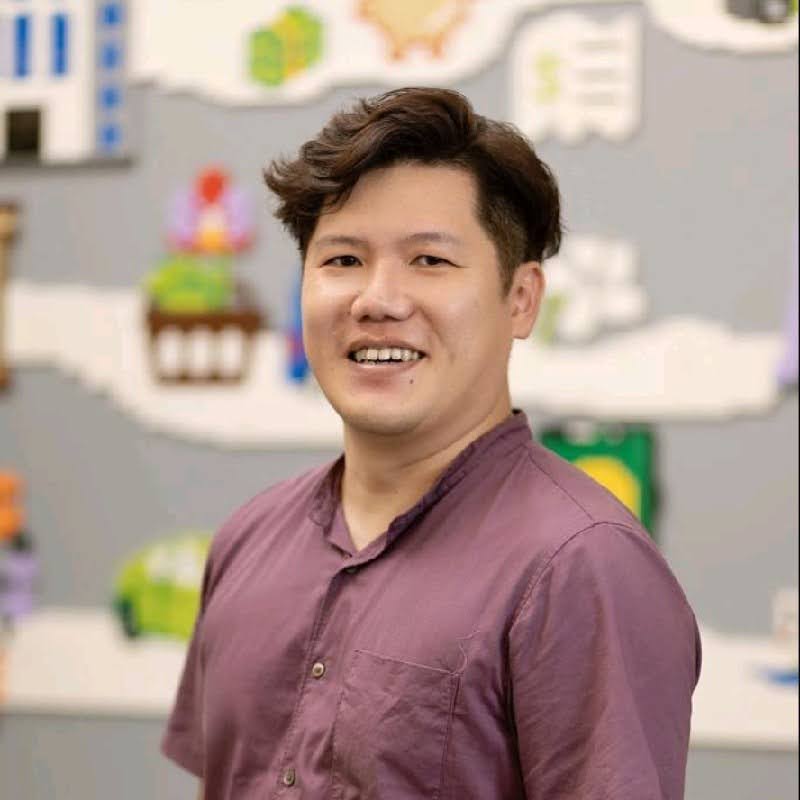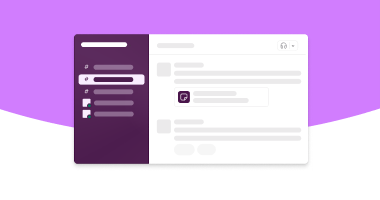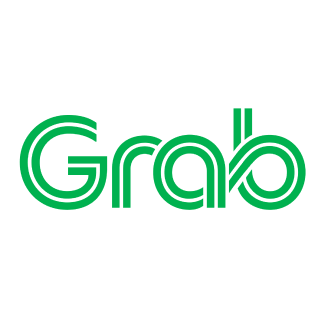
Scaling up as a super app with Slack
Founded in Malaysia in 2012, Grab is Southeast Asia's leading super app. What began as a way to provide safe ride-hailing has grown into the region's ‘Everyday Everything app’, offering digital financial services and deliveries.
Today, Grab proudly serves 1 in 20 of the 700 million people across Southeast Asia, but it's not done growing. Grab is on a mission to reach beyond the 1 in 20 and support even more of its community.
The driving force behind Grab's growth is its Grabbers – the teams who bring its services to life. To increase its impact, Grab realised it needed to provide its Grabbers with a more productive way to work.
As a pioneer of innovative ways of working, Grab made the move to Slack and Salesforce in 2018.
Daniel Foo, the Head of Grabber Technology Solutions at Grab – the IT solutions team who are the ‘time-creators’ for all Grabbers – explains, ‘Our goal is to serve more than 1 in 20 people in Southeast Asia. And Slack is one of the tools that will help us get there’.
Fuelling growth with effective collaboration on Slack
Grab used to rely on email and multiple communication platforms, which slowed down collaboration in the fast-paced organisation.
‘Before Slack, we faced issues of siloed communications, spread across different platforms. This caused disjointed conversations and slowed down decision-making’, says Foo.
Quinny Lei, the Head of Business IT Solutions, GTS at Grab, explains that Slack emerged as the optimal choice for Grab to match its rapid growth while managing costs and increasing security.
Grabbers have fully embraced Slack for its fast and easy collaboration.
According to Lei, ‘Slack has increased our productivity and collaboration, especially in a very large group setting’.
The more Grab consolidated its operations to Slack, the greater its return on investment. It has decommissioned other platforms, increased operational efficiency and set a strong foundation for future growth.
‘Slack isn’t just a chat tool for Grab, but a place where great ideas brew and often take shape’, says Lei.

Slack isn’t just a chat tool for Grab, but a place where great ideas brew and often take shape.
Saving hundreds of thousands of hours with Slack Workflows
With more than 10,000 Grabbers, even small inefficiencies add up to a lot of time wasted. To streamline internal processes, Grab has created thousands of Slack workflows that speed up routine tasks and give back valuable time to its team.
‘Slack workflows help us reduce the number of steps it takes to complete certain tasks… or even fully automate them’, explains Foo.
One of the automations making work more productive at Grab is WorkBot.
Managing the end-to-end employee journey at Grab used to be a manual and tedious task for both the IT team and Grabbers.
When Grabbers needed help, they had to log a ticket in an external support platform, wait for an IT admin to review it and then hope the request would be completed quickly. This process involved juggling multiple systems, which was time-consuming and inefficient.
To ease the burden on IT and speed up administrative tasks, Grab built WorkBot on Slack. This automation integrates all of its systems and centralises requests in a Slack channel, helping Grabbers self-serve through a simple menu of options. Tasks like onboarding, laptop setup and diagnosing hardware issues are now faster and more secure.
The time saved by these automations over a year is significant. And Foo explains that it's not just Grab that benefits from the increased productivity.
‘By automating tasks and empowering Grabbers to self-serve in Slack, we've reclaimed hundreds of thousands of hours annually. That time can be used by Grabbers to do more good for our community’, says Foo.

By automating tasks and empowering Grabbers to self-serve in Slack, we've reclaimed hundreds of thousands of hours annually. That time can be used by Grabbers to do more good for our community.
Giving time back to engineers with self-service Slack integrations
Grab's large team of engineers spends most of their time on Slack. One of the biggest challenges to their productivity was context-switching, when service requests would pull them away from high-value tasks like product development.
To tackle this, Grab developed a Slack automation called GrabCentral, a comprehensive service management portal that integrates other systems. With GrabCentral, engineers no longer need to jump to other platforms. They can receive and fulfil IT service requests without leaving Slack.
The best part? GrabCentral has over a dozen IT requests that employees can now resolve instantly through self-service on Slack.
Take channel management, for example. Grabbers used to make around 50 of these requests daily to IT. Each took about 3 minutes to complete, adding up to 150 minutes on a single, routine task, every day.
Now, these requests are fulfilled immediately on Slack, freeing up engineers to do what they do best.
‘The role of an engineer is to bring revenue and focus on product development. Slack helps Grab's engineers to be more productive by automating processes, keeping them focused on the product’, says Lei.
A more productive future for Grabbers with Slack and Salesforce
The integration of Slack and Salesforce promises to make work even more productive for Grabbers.
‘As early adopters of both Slack and Salesforce, Grab has a vision to streamline its sales, marketing and support systems under the same CRM’, says Lei.
Slack gives Grabbers fast and easy access to all their Salesforce CRM apps, so they can access customer data and insights from where they work – Slack. Lei explains how Grab is paying this productivity forward by providing even better customer experiences across Southeast Asia.
‘With Slack as the front door for our business, we can continue to optimise our efficiency. This not only brings impact to our Grabbers but also to our external community.’














